Movement - life. But this very old saying is not only a biological meaning. It is applied to the soulless things. For example, to computer technician: the performance level is growing all the time, new interfaces focused on this growth appear.
The SATA interface has recently been eleven years old. During this time, it was updated twice with backward compatibility, while the transmission rate increased four times. Approximately five years ago, a compact interface version appeared -: The drive was installed in a special landing place on the motherboard.
Getting to know with a little reference, and then you will find a family of M6E drives and a PLEXTOR M6E review.
A bit of history
Although the MSATA interface was positioned as a mobile, but some manufacturers began to install it and on ordinary motherboards. And the most active in this direction was then marked by Gigabyte, which not only placed MSATA connectors, but also installed SSD themselves.
The Gigabyte GA-Z68XP-UD3-ISSD motherboard has been completed with an Intel 311 GB solid-state drive.
Then other manufacturers were gradually started tightened. Now their aspirations reached the fact that two MSATA connectors began to appear on the system boards, such as, for example, on the ASRock Z87 Extreme11 / AC, the overview of which will soon be released in the laboratory. Several bust from my point of view, well, okay ...
In general, the use of MSATA is quite convenient: solutions are compact, no loops are required, nothing hangs in the case. However, by virtue of a number of reasons (first of all, the higher cost of models in MSATA format), in the "desktop" systems this format has not gained popularity. But he found it in mobile.
However, for people who seek compactness, this format is a find: MINI-ITX motherboard, an IVYBRIDGE or HASWELL generation processor with a compact cooling system, MSATA drive, an appropriate body - it turns out quite complete and logical, moreover, quite productive (with the appropriate CP) Working system.
However, as noted above, there is a need for speed growth, and there is a limit. And about SATA 6 Gb / s went conversations that he is too slow. For the company "Under the distribution" and MSATA. But now manufacturers have taken into account their past errors: the new data transfer interface was invented immediately in two versions: mobile and desktop. With regard to the mobile version, the controller in the system logic set was not replaced by another (as it was, say, with IDE and SATA), and simply threw it at all, at the same time saving on the development and area of \u200b\u200bcrystals. In general, here two hares killed in one shot. And the modified SATA controllers remained only in the desktop segment.
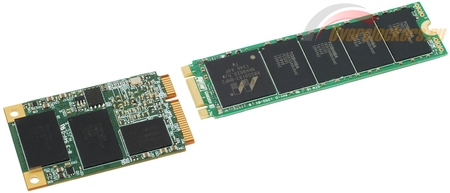 The new standard implies a change in dimensions: MSATA is two sizes (Full Size, 51 x 30 mm, and Half Size, 26.8 x 30 mm), while M.2 assumes four, the smallest of which is 42 x 22 mm. But at the same time M.2 thinner exactly at the millimeter, and especially compact still thinner - the batter is twice, rather than MSATA.
The new standard implies a change in dimensions: MSATA is two sizes (Full Size, 51 x 30 mm, and Half Size, 26.8 x 30 mm), while M.2 assumes four, the smallest of which is 42 x 22 mm. But at the same time M.2 thinner exactly at the millimeter, and especially compact still thinner - the batter is twice, rather than MSATA.
The company is not the first to issue solid-state drives in M.2 format, its range has already been replenished with Super Talent (NGFF DX1 and NGFF ST1), Crucial (M.200 NGFF), Kingspec (M.2 NGFF Ultrabook), MyDigitalSSD (Super Cache 2 M .2) and Intel (530 m.2). But the Plextor actually first began to popularize this format among the broad masses in the "Desktop" version: everything that was released earlier was focused exclusively on industrial use - the assembly of mobile devices.
The M.2 interface was not developed for the "desktop", it is a lot of compact mobile devices, and SATA Express is offered for conventional systems. In fact, the relationship between them is the same as now between MSATA and SATA: the first is very compact and installed in a small socket on the board, the second is much larger in size, requires a separate landing place in the housing and two suburbs (interface and power supply).
Immediately it is worth noting: no need to consider M.2 Purchase connector for drives. M.2 is pure PCI-E, just in a different form factor. Accordingly, this standard will produce all that your heart: Wi-Fi, WWAN, GPS and other extension boards. Manufacturers of these devices will not need to be possession of new controllers, it will only be enough to change the printed circuit board and the device itself, leading them to a new format.
Therefore, M.2 and SATA EXPRESS, although they can be used to install drives, have some differences. M.2 Universal. SATA Express is only oriented on data storage devices. Although he also has some universality, it does not matter the interface actually consists of three connectors - one nutrition and two interface: You can connect two conventional SATA devices to SATA EXPRESS.
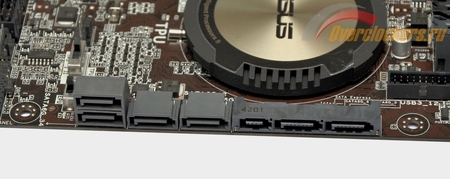 The Motherboard ASUS Z97-A: Four SATA and one SATAE - can be connected to six conventional SATA drives.
The Motherboard ASUS Z97-A: Four SATA and one SATAE - can be connected to six conventional SATA drives.
An unpleasant moment is that the SATA EXPRESS interface models are still not available. It came to the point that ASUS to test systemics with a new interface was forced to order the development of a special device called ASUS Hyper Express at Kingston. It looks like an ordinary form factor 2.5 ", inside which a board with a special controller and two MSATA connectors are installed.
At the time of writing this material, this device officially did not exist, but by the time the publication of his photograph should emerge in the network. And M.2 - Here he is. And on retail motherboards, he already appears (for example, my colleague Ivan_fcb. Recently, a review of the Asus Maximus VI Impact fee with such a connector, and another colleague wildchaser. Recently reviewed ASUS Z97-Deluxe based on Intel Z97), although so far, and rarely.
You do not need to be a wubble to understand the obvious truth: our usual SATA and MSATA will very soon be written off and disappear from motherboards. And they will replace either M.2 (more precisely, it is already starting to push out MSATA) and SATA EXPRESS (SATAE), or something else will be invented: manufacturers need to further increase the figures on the labels, and the traditional SATA has already exhausted its potential in This direction.
Novelty Plextor: M6E drives family
Plextor has long been teasing its fans and simply interested potential buyers: back in early September last year, on the IFA2013 exhibition passing in Berlin, it demonstrated engineering samples of their new generation drives. Then they periodically flashed on various presentations, attracting the attention of lovers of all new products.
And here, on January 9 of this year, at the CES 2014 exhibition, Plextor made an official announcement. But on sale M6E did not hit then. Sales began a little less than a month ago - in early April. Finally, those who want the opportunity to acquire a novelty. But the "opportunity" does not mean "went and bought." With reference to the Russian retail, even in Moscow, you can only acquire a modification of 256 GB, and it is not everywhere.
And the versions of 128 and 512 GB to retail have not yet reached. That's right: the family of drives Plextor M6E consists of only three models.
Specifications
| Parameter | PX-AG128M6E. | PX-AG256M6E. | PX-AG512M6E. |
|---|---|---|---|
| Capacity | 128 GB | 256 GB | 512 GB |
| Controller | Marvell 88SS9183-BNP2 | Marvell 88SS9183-BNP2 | Marvell 88SS9183-BNP2 |
| Volume Buffer Controller | 256 MB DDR3 | 512 MB DDR3 | 1 GB DDR3 |
| Flash memory | 19 NM MLC TOSHIBA Togglenand | 19 NM MLC TOSHIBA Togglenand | 19 NM MLC TOSHIBA Togglenand |
| Speed \u200b\u200bof consistent reading | 770 MB / s | 770 MB / s | 770 MB / s |
| Sequential recording speed | 335 MB / s | 580 MB / s | 625 MB / s |
| Reading random blocks (4 KB) | 96 000 IOPS. | 105 000 IOPS. | 105 000 IOPS. |
| Recording random blocks (4 KB) | 83 000 IOPS. | 100 000 IOPS. | 100 000 IOPS. |
| Recommended retail price | $259 | $401 | $620 |
It should be noted that now the retail price of modification by 256 GB is much lower than the recommended - price tags start from about 10 thousand rubles (or 280 dollars). However, even such a price is too large for this volume: for this amount, you can purchase a solid-state drive of 512 GB as in the usual form factor 2.5 "and in MSATA. For novelty has to pay.
Packaging, equipment, external inspection
The Plextor M6E model is offered in a rather large combine of juicy red color attracting attention.
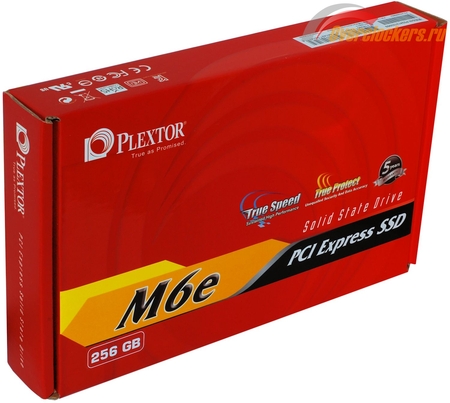
On the reverse side of the package, the general characteristics of the model are described and high-speed parameters of the entire M6E family are given.
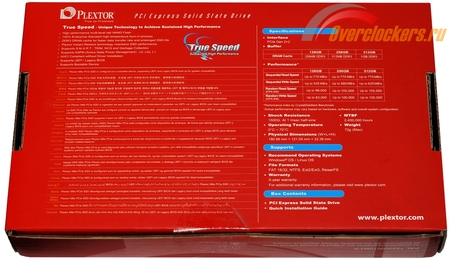
Yes, as it has long been headed, the box is universal for the entire line and individual traits (in this case, the instructions of the device on the front of the package) is only an additional sticker. Separately, more than two dozen languages \u200b\u200b(Russian including) emphasizes that the drive is fully compatible with motherboards both with UEFI and with the old AMI / Award BIOS. But it will be checked separately, the benefit of the stock of various motherboards I have (even Socket 7, if someone from readers still remembers such).
The package is very modest, although the Plextor product is packaged well.
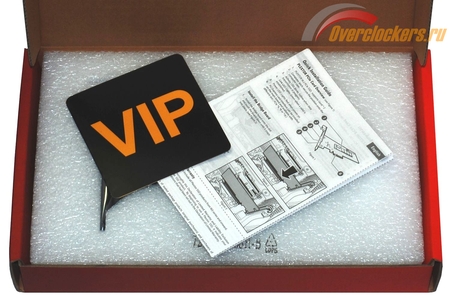
The entire free volume of the box occupies foamed polyethylene. From above, a warranty service booklet and installation instructions are found, and under the separator - the Plextor M6E itself, packed in an antistatic package.
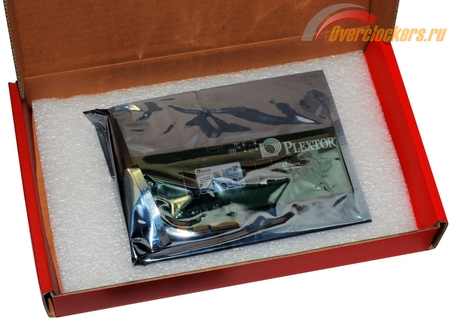
Here, in fact, all. There is nothing more in the box. It would be nice, of course, if the manufacturer put the bar for installing the drive to low-profile system blocks. Yes, powerful gaming systems for which M6E is positioned, as a rule, are located in full-fledged buildings, but not all those needed high-speed SSD are familiar with a pair of video cards in a PC.
Opening, hardware component
The Plextor M6E drive is immediately assembled, moreover, the company has secured the installation of the warranty seal from operation of the adapter in a separate form.
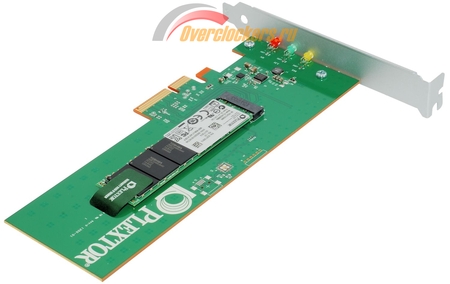
That's right. We are not a single finished device, but two separate and completely independent, but combined together by the company. And they can be operated separately, if it does not embarrass the violation of the seal and the cancellation of the guarantee for the drive.
But in this case there are no warranty obligations, therefore the sticker will not become a hindrance.
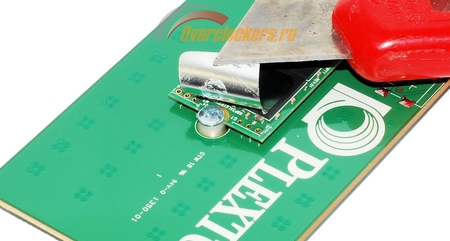
You can even remove everything at all. By the way, from the stickers on the device itself you can learn a lot of interesting information about it.
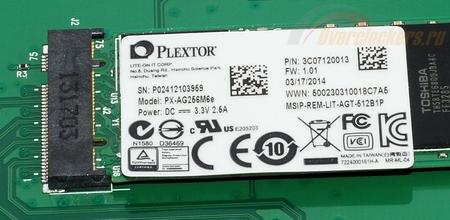
The serial number is given, the name of the model and the volume, the sea of \u200b\u200blogos of various certificates and notifications. Specifies the supply voltage and maximum current. A mention of Liteon printed in small font is also detected, this is a real device manufacturer that executes Plextor orders. And Shinano Kenshi is the real owner of the company and the brand itself Plextor.
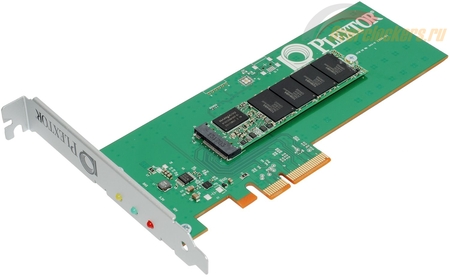
With removed labels, the device will appear in front of us in all its glory. And thanks to a simple screwdriver with a cruciform, it can be disassembled.
Actually, the drive itself is a narrow elongated fee.
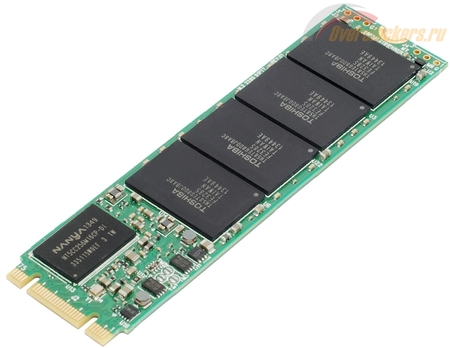
Being installed in the landing place, it will unfold the back of the user. As a result, only half of the Nand-memory microcircuits installed and buffer memory controller are available. The controller itself, like the other half of the chip, is located on the invisible side of the board.
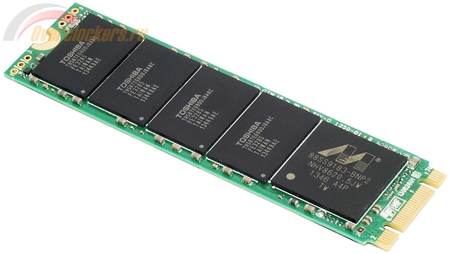
This Marvell 88SS9183-BNP2 with hardware support PCI-E versions 1.1 and 2.0 (in slots 3.0 will work, but in mode 2.0). Uses two PCI-E 2.0 lines. That is: although the adapter is made as a PCI-E X4 device, the instance under consideration is used only two lines of this interface.
It should be noted, Marvell 88SS9183, firstly, is an AHCI controller (it does not need to install additional drivers), secondly, this controller is compatible with the SATA interface, so it will probably come across and as part of conventional form factor drives 2.5 ".
The controller as a buffer memory uses the DDR3 chip with NT5CC256M16CP-D1 label production of Nanya and 512 MB, and as storage devices - eight chips with Th58Teg8DDJBA8C marking. Each of them contains four MLC NAND crystals operating in the Toggle MODE mode, which has a volume of 64 Gbps and produced by Toshiba in 19 nm process.
Unfortunately, I could not find any explanatory information on this controller, so you can only assume that it is not too different from the popular Marvell 88SS9187, and most likely, before us again dual-core ARM with eight-channel memory access.
The PCI-E-M.2 adapter is very simple and simple.
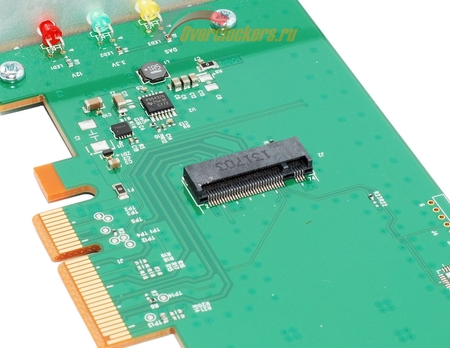
That's the whole element base that is present on it. The PCI-E interface is not transformed and does not change. All those elements that can see is a concomitant power block. For example, a microcircuit with marking PS54326 is the TPS54326 Texas Instruments controller, which is responsible for the power of the drive. As is known, in the PCI-E connector there is no voltage +5 V, there is only +12 V and +3.3 V. TPS54326 responsible for the voltage conversion +12 V in the device required for the device;
The reverse side of the adapter board is empty:
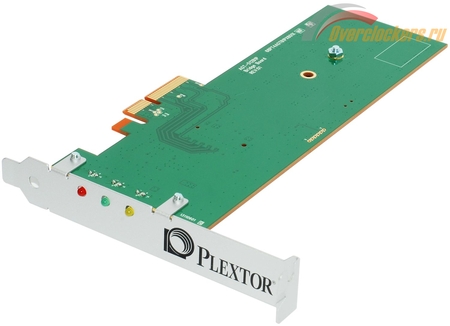
And now let's move on from theory to practice, we will collect our disassembled experimental back and install in the test stand. The benefit of questions for its possible exploitation is quite a lot.




